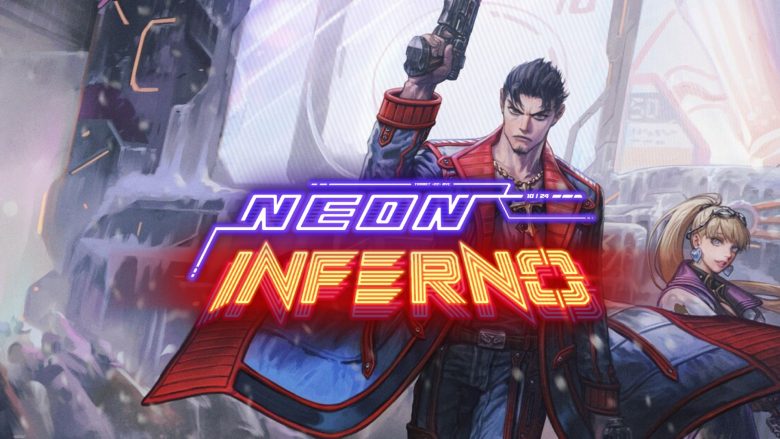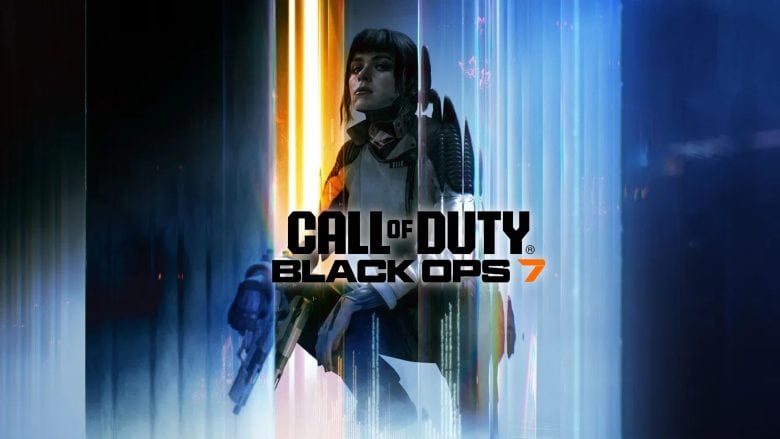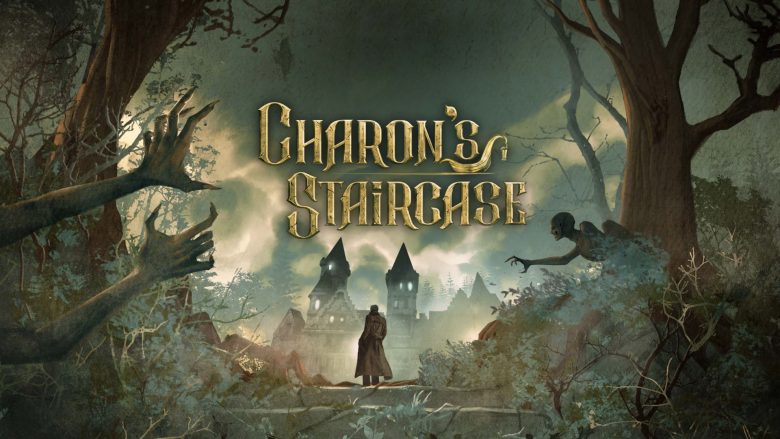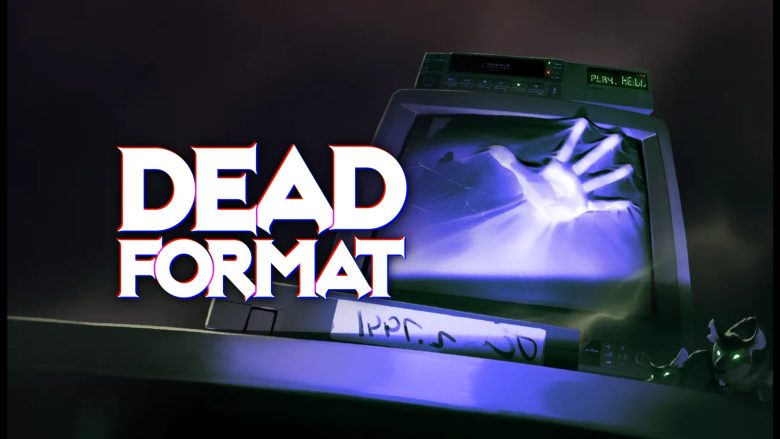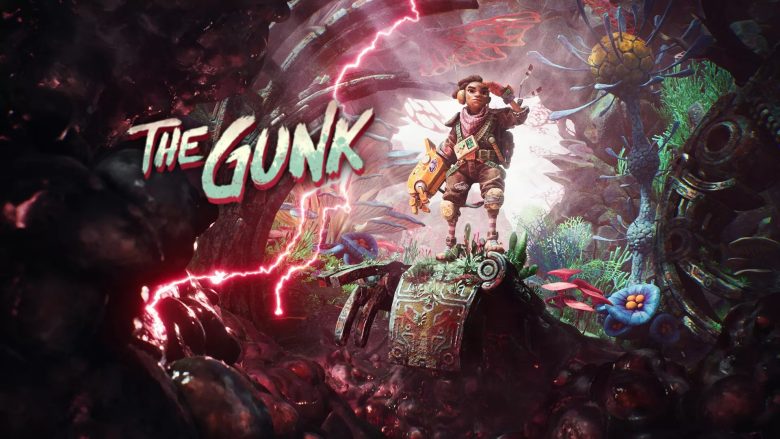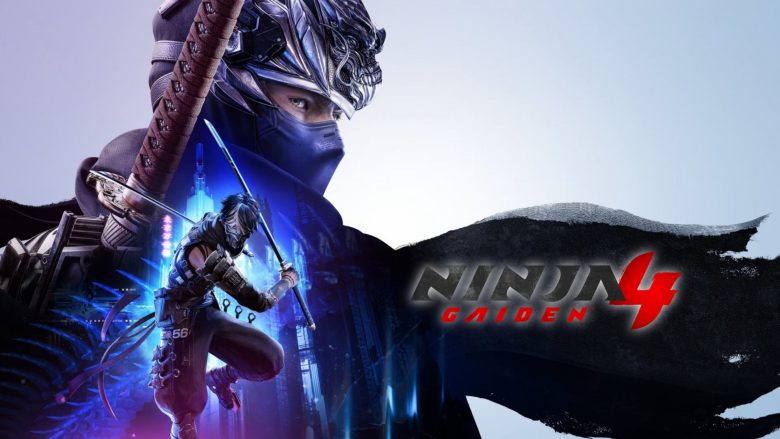Presenting itself as a harmless dating simulator, Doki Doki Literature Club! drags the unsuspecting player into a dreadful psychological nightmare
Developed and published by Team Salvato, at the time composed solely of the brilliant Dan Salvato and the two artists Satchely and VelinquenT, who respectively handled character design and backgrounds, Doki Doki Literature Club! was initially released on September 22, 2017, for PC, then in its Plus! version, which includes some bonus side scenes, also for PS4/5, Xbox One/Series X/S, and Nintendo Switch on June 30, 2021. It is a classic visual novel that quickly transforms into a psychological horror.

A Wolf in Sheep’s Clothing
Describing Doki Doki Literature Club! is simultaneously as complicated as it is simple: its rigid visual novel format, a genre widely spread in the Far East, leaves little room for interpretation and gameplay, allowing the player to focus solely on the storyline unfolding during the short and intense four hours of gameplay.
Aside from occasional dialogue choices and engaging in some non-demanding mini-games, nothing more is required than relaxing and reading, embodying an ordinary teenager who is dragged by his childhood friend into a girls-only literature club, amidst friendships, loves, jealousies, and dramas.
But it’s here that things become incredibly complex and interesting: beneath a veil of innocence, comedy, and almost cloying tranquility, lies one of the best-studied, terrifying, and haunting horror experiences of recent years, if not decades.

This is not your conventional horror
Well hidden, the game’s essence doesn’t reveal its nature until halfway through the storyline, where a sudden event will hit us in the stomach like a punch, leaving us breathless and stunned in front of the screen, doubting the true nature of the title we decided to approach a while ago.
Dan Salvato‘s brilliance (yes, let’s remember that Doki Doki Literature Club! was developed and written by one person, with the help of two artists!) now manifests itself in the cruelest and most ruthless way possible.
“Well, what could it be? The classic story that degenerates into horror, right?” No, no. You won’t see ghosts, you won’t jump out of your chair because of a jumpscare, you won’t witness clichés like demonic possessions. The game will paradoxically start playing with you and your mind.
Slowly, the growing feeling whispering in your ear about how terribly wrong something is will turn into a real waking nightmare, as the environment and characters, once so cute and cheerful, become both victims and executioners.
And the formula works so well for two reasons: firstly, the first part of the game is designed to be enjoyable and inviting for a plethora of different players: it promises and shows an experience seen and reviewed by fans of Japanese visual novels, without departing from the genre’s fundamentals (ensuring the interest of said fans) and at the same time, without descending too much into specifics or elitism, thanks to the simple narrative structure, which also captures the attention of newcomers.
Furthermore, the horror component emerges through uncomfortable and delicate themes: traumas and psychological illnesses. (If you already had the pleasure to play Hellblade: Senua’s Sacrifice, you know well how shocking those matters can be) And here comes what is almost a warning: do not underestimate Doki Doki Literature Club! Whether sensitive to the topic or not, this game hurts. Dan Salvato manages to give so much personality, so much life to sprites, that you will come to perceive them as people, to empathize or even associate them with someone you have known or heard of. And seeing the slow, agonizing nightmare he has prepared for them (and for you) is painful. You will lose control: your choices will no longer have value, someone will pull the strings from behind the scenes, piloting the game and your feelings, all seasoned with frequent and reasoned fourth-wall breaks, never trivial.
Get out of my head!
Because yes, there is a villain in this video game. Who she is can be understood from the fateful turning point, how it exerts its influence, cannot. Revealing it here would be extremely cruel and counterproductive; the power and frightening charm of Doki Doki Literature Club! would be lost. The steep spiral of madness into which we will plunge finally culminates in a chaotic, surprise ending, where the final “showdown” with our beautiful villain takes place in a far-from-conventional manner, proving imagination and fierce genius on Dan Salvato’s part.
A showdown, by the way, that has been developing for a while, as she will be able to intervene even in the text menus and on the save files, a real duel against the diabolical entity that is destroying what was created in the first two hours… but maybe I’m already saying too much. Not even the best writer in the world would be able to fully describe the sadistic perfidy with which we will be occasionally deceived, and occasionally hit straight in the face.

Know What You’re Getting Into
As I reiterate, the themes addressed are heavy, constituting a potential trigger for many players, and they are exposed so damn accurately as to leave an indelible mark in the mind of even the most apathetic and tough users. That’s why I argue that the game manages to emerge and shine in the sea of its kind, in a now vast and multifaceted market. Enthusiastic reviews from critics and users, the loyal fanbase, and the millions of downloads over the years testify to this.
It’s a unique and unforgettable journey, not to be taken lightly, and with the necessary patience. There’s a precise reason why I describe the title as the quintessence of a nightmare: the presence of disturbing and horrifying events perfectly blended into the mundane and everyday fabric of the work, insidiously sneaking in when we least expect it, leaving us powerless like in the worst dream experiences we’ve all had at least once. Those terrible dreams where we sense that something is wrong, yet we can’t pinpoint its nature and origin, and when we do, it’s already too late to escape.
That’s the feeling that will pervade us in the second half of Doki Doki Literature Club! You’ll welcome the ending as a liberation, but with a bitter and melancholic note, because you’ll hardly be able to relive a comparable story in the gaming universe. Honorable mention goes to the music, composed by the eclectic Dan Salvato, destined to loop in your head for quite some time.
I feel compelled to recommend Doki Doki Literature Club! wholeheartedly, but make sure to pay attention to the warning which appears also when you start the game, and avoid playing it if you’re altered by sadness or anxiety. Yes, it’s that powerful, really. Think I’m exaggerating? Be my guest, she’s waiting for you.

Doki Doki Literature Club!
PRO
- One of the best psychological horror games out there.
- Articulate and never dull writing.
- Vibrant and believable characters.
- Superb soundtrack.
- High-quality sprites.
- Simply brilliant antagonist.
- It’ll stay with you…
CON
- …maybe even a bit too much.
- Lack of replayability and poor longevity.
- Loses most of its power after the first playthrough.




